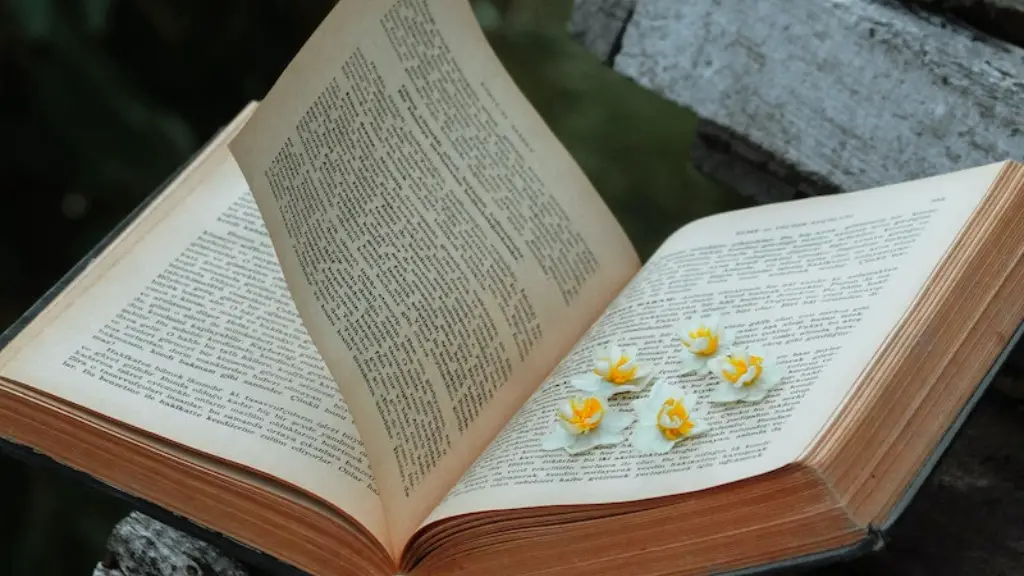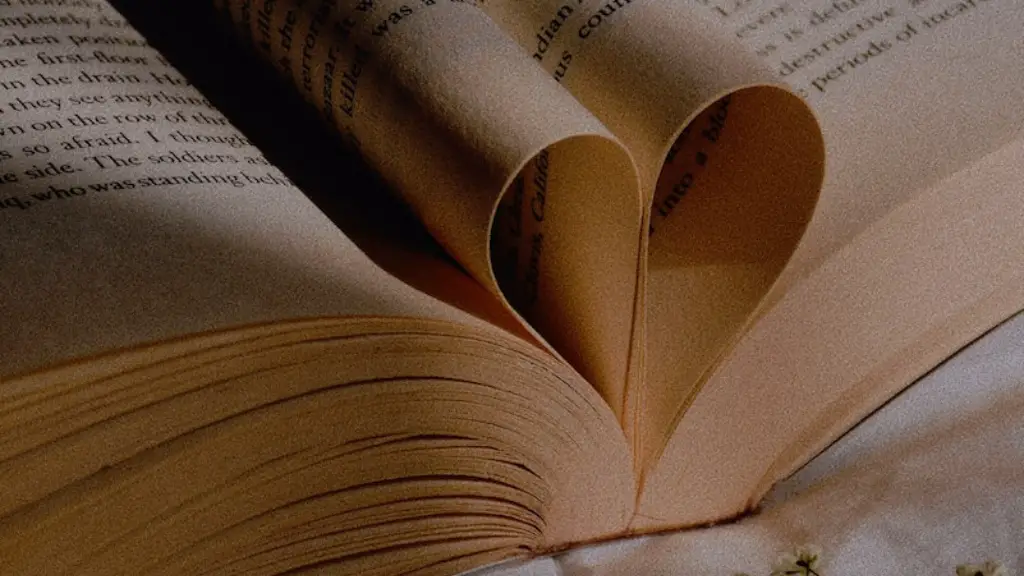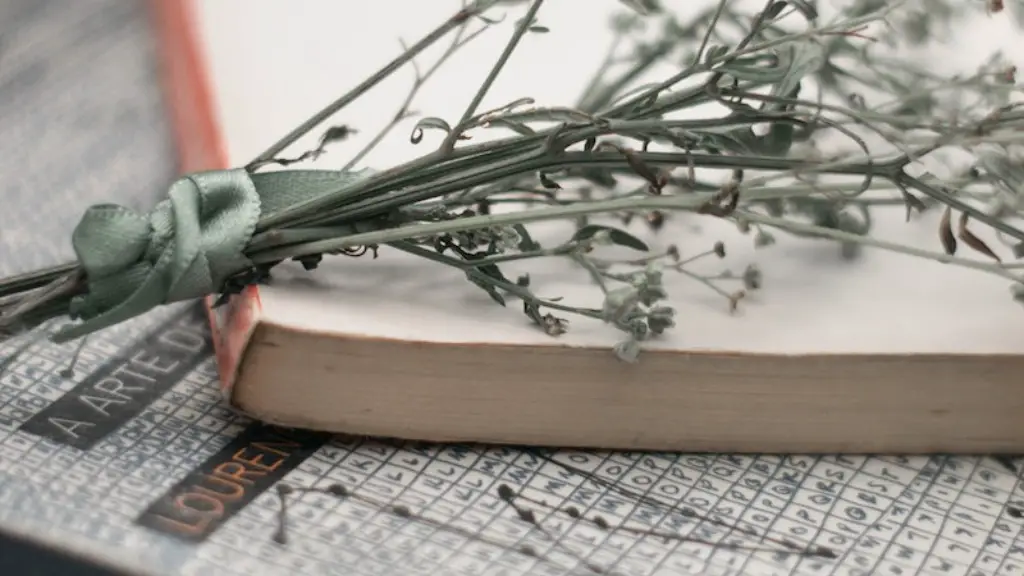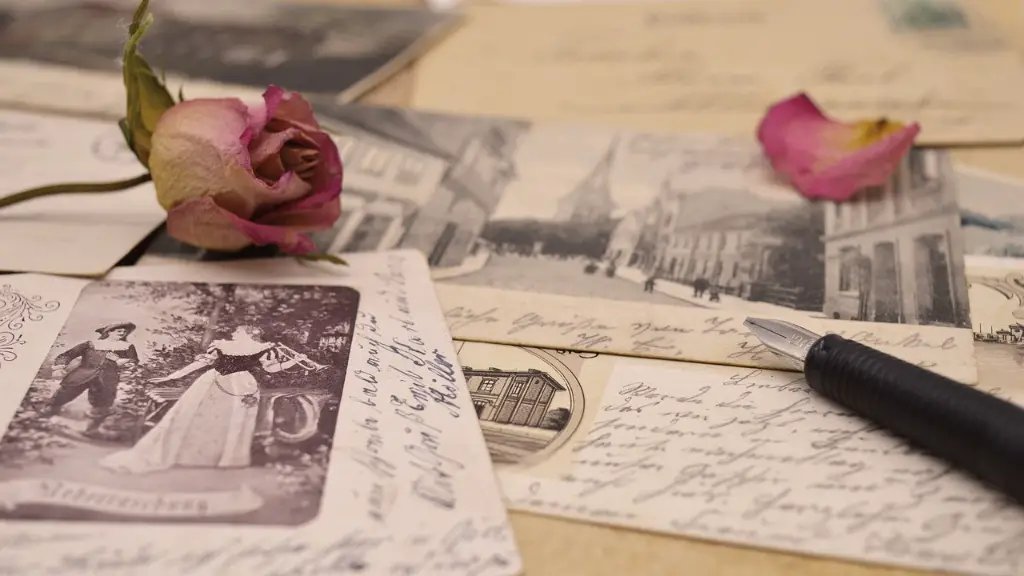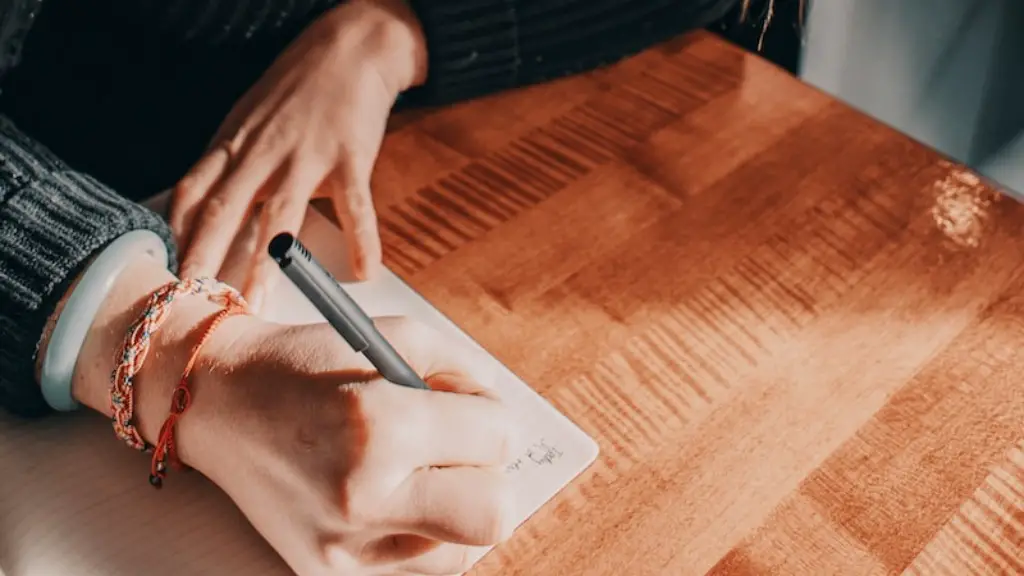Image in poetry is a powerful tool that can evoke an emotion or paint a vivid picture rather than simply telling a story. It is a powerful way to convey an idea or create an atmosphere. The use of imagery in poetry is something that has been explored by many great poets throughout history. The use of imagery can be found in both classical and contemporary poetry. Image in poetry can range from the simple and literal, such as a field of flowers, to the more abstract and layered, such as a metaphor. In order to create vivid images, poets often use metaphors, similes, and other figures of speech. These tools allow the poet to express their thoughts and feelings in a more creative and interesting way.
The aim of imagery in poetry is to make a poem vivid, engaging, and memorable. It is a way to add depth and emotion to a poem without having to resort to flowery language. It is also a way to create mental images that can stay with a reader for a long period of time. Imagery can also be used to convey complex ideas in a quick and concise manner. Imagery can be used to create a feeling of nostalgia and bring the reader to a particular time or place.
Using imagery in poetry can be an effective way to communicate and connect with the audience. Studies have shown that the use of imagery can be particularly effective in communicating with people who suffer from depression and other mental health issues. As images can be seen as a kind of psychotherapy, they can provide a safe and non-intrusive way to express feelings and experiences. They can also be used to create a sense of hope in difficult situations and provide a moment of distraction from negative thoughts.
When constructing an image in poetry, it is important to consider the emotions that are being conveyed. By selecting the right words, images can be used to share feelings of joy, anger, sadness, and so much more. Images can also be used to express abstract ideas, such as life and death, or beauty and ugliness. By using strong images, a poet can convey a powerful message, or even a unique perspective on a particular idea.
Writing effective images in poetry also requires a focus on creating an atmosphere. It is important to select words and phrases that will assist the reader in creating a vivid mental image. Poets can use words to create a specific mood, such as sadness, joy, or mystery. They can then layer their images with symbolism, metaphor, and other figures of speech, to create an atmosphere that encapsulates their message.
Using imagery in poetry is an incredibly powerful tool that can be used to evoke emotion, create atmosphere and tell stories. It is a way for poets to express their thoughts and feelings using metaphor and symbolism. By carefully selecting words and phrases, a poet can create vivid and lasting images that will remain with the reader for a long period of time.
Exploring Literary Devices
Imagery in poetry often involves the use of literary devices. Literary devices are used by poets to add depth and meaning to a work and can include metaphor, simile and rhetorical questions. Metaphor is a figure of speech that is used to compare two unlike things and provide an alternative way of thinking about a concept. Similarly, simile is a figure of speech where two unlike things are directly compared. Rhetorical questions are questions posed to the reader that are intended to make that person ponder a certain topic or theme.
By carefully selecting literary devices, poets can add a layer of symbolism and emotion to their works. Metaphor and simile can be particularly effective tools as they can evoke strong mental images. For example, if a poet is writing about a broken relationship, they may use the metaphor of a broken flower to express their pain and disappointment. Similarly, a poet may use the simile of a stormy sea to express the tumultuous emotions of a failed relationship.
Literary devices can also be used to communicate a certain mood or to evoke a specific emotion from the reader. By carefully selecting words and phrases, poets can create a unique atmosphere and convey complex thoughts and feelings in a direct manner. Poets can also employ rhetorical questions to make the reader think about an issue or a particular topic in depth.
Exploring Balance
When writing with imagery in poetry, it is important to create a balance between the real and the imagined. An effective poem should be able to move between the two realms, creating a cohesive story that can resonate with the reader. By creating imagery that is both rich and evocative, a poet can cultivate a unique atmosphere and create a sense of realism whilst at the same time conveying complex emotions. Creating a balance between the everyday and the abstract is key to creating an effective image in poetry.
In order to achieve this balance, it is important to make use of various tools, such as metaphor and simile to create vivid images. Poets can also make use of personification and alliteration to add further layers of complexity to their works. Personification is the act of giving human qualities to an inanimate object and can be used to make the imagined seem more real. Alliteration, which is the repetition of the same sound at the start of two or more words in a line, can also be used to add a whimsical and lyrical feel to a poem.
The use of imagery in poetry can be used to create a vivid and lasting experience for the reader. By carefully selecting words and literary devices, a poet can create a unique atmosphere and convey complex thoughts and feelings. Creating a balance between the real and the imagined is key to creating an effective image in poetry. By making use of metaphors, similes, and personification, a poet can craft an image that will stay with the reader for a long period of time.
Exploring Tone
The tone of a poem is another important element when it comes to creating an effective image in poetry. Tone can be used to express a certain mood, emotion, or perspective on a particular idea. It can also be used to create a certain atmosphere, such as mystery, sadness, or joy. Tone can be created by selecting particular words and phrases, as well as through the use of imagery and metaphors. For example, a poet may use a dark and brooding image to create a feeling of suspense and mystery. Similarly, a poet may use a lighter and airy image to create a sense of joy.
Tone is also something that can be used to help guide the reader through a poem. The tone can be used to create a certain rhythm and flow that can help the reader to understand the poem better. By using a consistent tone, poets can create a unique atmosphere and develop a particular storyline. This can be particularly helpful when it comes to creating narrative poems. By using a consistent tone, poets can create a cohesive story that is easy for the reader to follow.
When crafting an image in poetry, it is important to consider the tone of the poem. Tone can be used to evoke emotion and create atmosphere, as well as to guide the reader through a work. By carefully selecting words and utilizing literary devices, a poet can cultivate a unique atmosphere and convey complex thoughts and feelings.
Exploring Context
The use of imagery in poetry can also be used to provide a sense of context. The use of imagery can be used to convey a certain time period, place, or event, which can then be used to create a narrative or mood. By carefully selecting words and phrases, a poet can bring the reader to a particular place or moment in time. This can be particularly powerful when writing poems that touch upon personal topics and experiences. By crafting a vivid image of a particular moment, the reader can step into the poets shoes and gain a unique perspective on a particular topic or event.
Context can also be used to create a sense of nostalgia or longing for a particular place or time. By using imagery, a poet can invoke memories of a past moment or experience. This can be particularly effective when writing poems about difficult moments or experiences. The ability to evoke the past can be a powerful thing, as it allows the reader to connect with the poem in a meaningful way.
Context can be a powerful tool when crafting an image in poetry. By carefully selecting words and literary devices, a poet can evoke a certain atmosphere or mood. By utilizing strong imagery, a poet can create a vivid mental image and transport the reader to a particular moment in time. By evoking memories of the past, a poet can create an atmosphere of nostalgia and longing.
